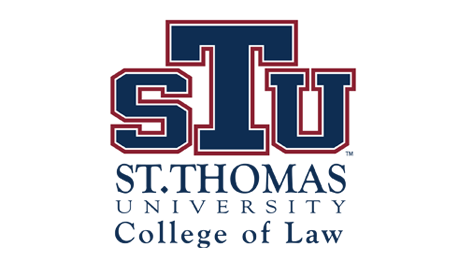Marshalling the Forces of Good: Religion and the Fight Against Human Trafficking
Document Type
Article
Publication Title
Intercultural Human Rights Law Review
Abstract
This paper finds its inspiration in the Social Doctrine of the Catholic Church that also addresses “the brethren of other Churches and Ecclesial communities, . . . the followers of other religions, as well as . . . all people of good will, who are committed to serving the common good.” Elated by a sign of our time, the openness for dialogue amongst religions and their understanding of the urgent need for a joining of their forces to promote justice, fraternity, peace and human development, this paper does not aim at praising or blaming one religion over another, but looks at the issues it addresses in a problem-oriented, holistic way, highlighting the avenues where religions converge, rather than the ones in which they diverge from each other. For starters, if there is one common denominator that all faiths subscribe to, it would likely be the doctrine of social justice and interaction on the basis of common moral values: equality amongst human beings, justice and mercy with a responsibility to care for the underprivileged. If we think of one major common role that all faiths could effectively play for the benefit of global society with respect to human rights, that role would most likely be the engagement of community action to influence legislation and policy inspired by the moral values that foster the dignity of the human person. If we were to focus on one common target for all faiths today to play such a crucial role, that target would be the mobilization to “set free the most oppressed of our brothers and sisters,” who are living in de facto slavery in our modern times. Enslavement and institutions analogous to slavery exist to such an embarrassing extent and in such a magnitude, inter alia, because, in the view of this author, religion is a resource that has not been tapped to the fullest of its immense capacity; because we, as a society of faith, have overlooked the incompatibility that exists between faith, violence and exploitation; because we have been remiss to harness “the force of the soul,” to live a faith that “is not ornamental,” to make use of the incomparable power of religion to inspire and lead corrective action. Conceptually and practically, religion can and should be the catalyst that brings forth a unified outcry and a call to action of the world’s seven billion people against human trafficking. Religion and its people of faith are indeed the greatest source of moral strength and determination that is required to end human trafficking. Their contribution can be the dynamo that powers the generator, which works to reduce the vulnerability that sustains the readily available supply of victims; they can confront head-on the sinful human greed that breeds the unbridled demand for everything material, cheap products and services, as well as for adult entertainment; they can be the powerful source of influence on government to restrain zones of impunity for traffickers as well as to close down the safe financial havens for the proceeds of the crime. And, above all, in their own right, religions can and should take a clear and firm public stance against modern slavery. But how can religion meaningfully perform such a complex function? How can it facilitate the filling of the gap between the “letter” and the “spirit” of human rights that Pope Francis so rightfully laments? A look at the past and an observation of the present might help us elucidate the proper role of religion for the near and the more distant future.
First Page
1
Last Page
24
Publication Date
9-2014
Recommended Citation
Roza Pati, Marshalling the Forces of Good: Religion and the Fight against Human Trafficking, 9 INTERCULTURAL HUM. Rts. L. REV. 1 (2014).

